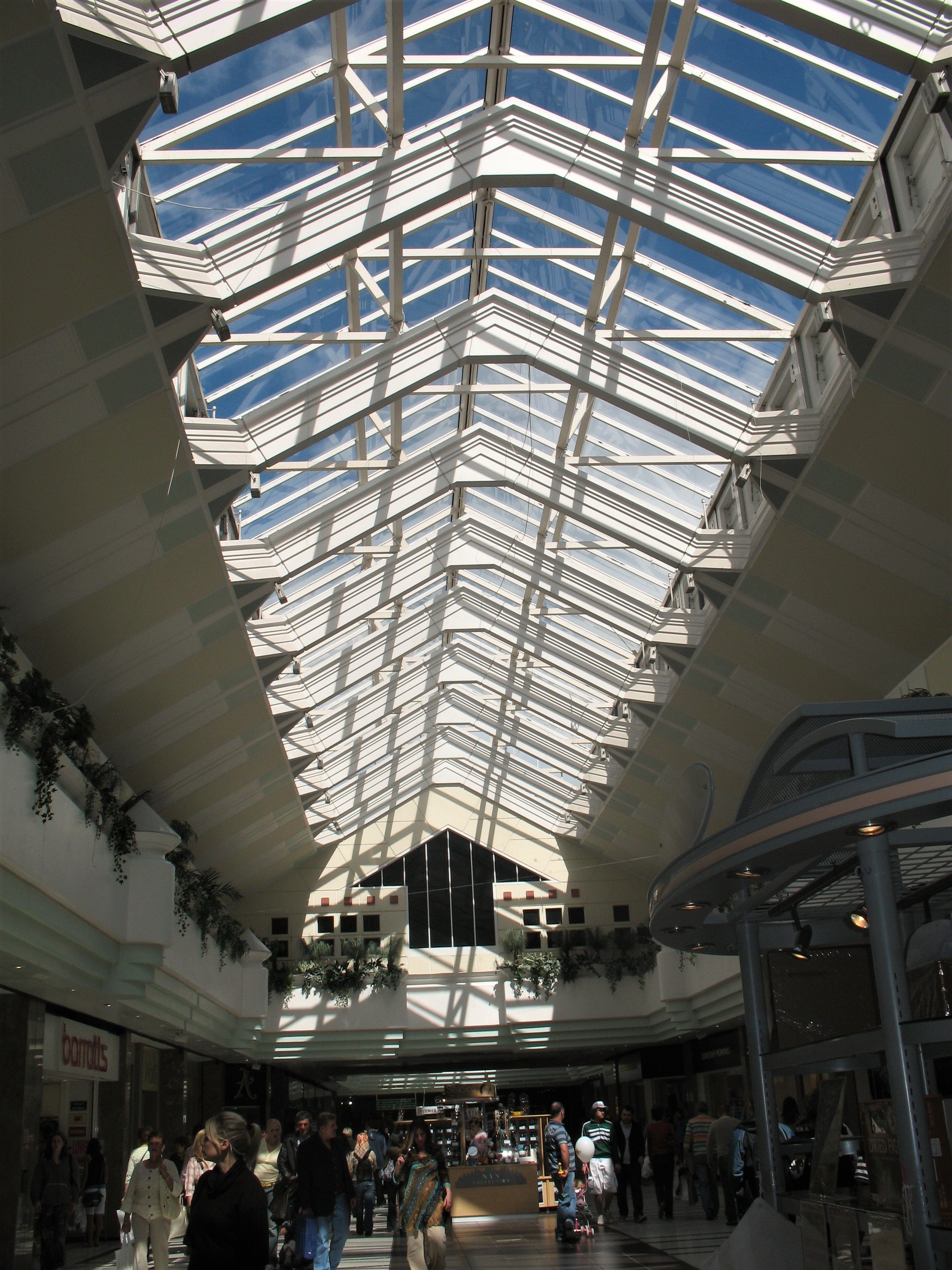

While the primary function of glass as a building material is to blur boundaries and harness natural light, its diverse implementations in buildings globally, has reiterated its immense potential in being a material that is loved by architects and designers. Ar. Apurva Bose Dutta takes examples of some glass structures from her various travels to explore this potential of the material.
1. Living within nature
In the residence of Gayathri Shetty, India’s acclaimed architect based in Bengaluru, glass walls initiate a conversation between the house and Nature, with boundaries being extremely blurred to merge the interiors and the exteriors.

2. Connecting with people
The Melbourne Visitor Centre, by virtue of its glass structure and central location in Melbourne’s loved Federation Square, makes a direct connect with people who throng this CBD area and are tempted into the structure to find out more about Australia’s cultural capital.

3. Unifying structures
The Louvre Pyramid in Paris is perhaps the most famous addition to a building in the history of architecture. Serving as the primary entrance to the museum, the main pyramid is created out of approximately 700 rhombus and triangular glass segments and sits nicely within the Louvre Museum plaza area, giving the existent building in French Renaissance style, a point of focus.

4. Encouraging visual interactions
The bridge enclosed in glass, connects the two buildings of the Pitt Street Mall at the Market Street in Sydney and retains the essence of the public space by encouraging visual interactions throughout.

5. Curtain walling
One of the favourite uses that glass has been put to, has been for curtain walling as seen in skyscrapers all over the world. Example in this case, is the 98-storey Trump Tower in Chicago, named after Donald Trump, the President of the United States of America.

6. Arty Glass
The Leonard French stained-glass ceiling at the National Gallery of Victoria International at Melbourne is the largest suspended stained glass painting in the world. Stained glass, for decades, has featured as an important part of cathedrals, mosques and other places of worship. Besides being aesthetically pleasing, it restricts views and controls light.

7. Skylights
St David's Dewi Sant, a famous shopping centre in Wales, Cardiff features skylights in various designs that let light naturally flow in and illuminate the shopping centre. Another roof in glass and cast iron in a separate galleried hall is the highlight of the design of the shopping centre.

8. Partitioning Spaces
The glass brick wall in the State Library of New South Wales at Sydney, offers an innovative use of partitioning spaces, without shutting off the light.

9. Atriums
Glass atriums are known to instil a sense of rejuvenation into interior spaces, as experienced in the Crystal Gardens at the Navy Pier in Chicago, where a six-storey glass atrium houses a botanical garden.

10. Filtering light
In the ongoing Australian Islamic Centre at Newport, Australia, Pritzker Awardee Architect Glenn Murcutt has fitted varied coloured glasses into 96 painted gold lanterns. These glasses filter light into the mosque through triangular skylights, illuminating the lanterns in different colours of yellow, blue, green and red during the course of the day. These also cast a magnetic pattern on the walls and the columns.

Apurva Bose Dutta is a Bengaluru-based architectural journalist Read More